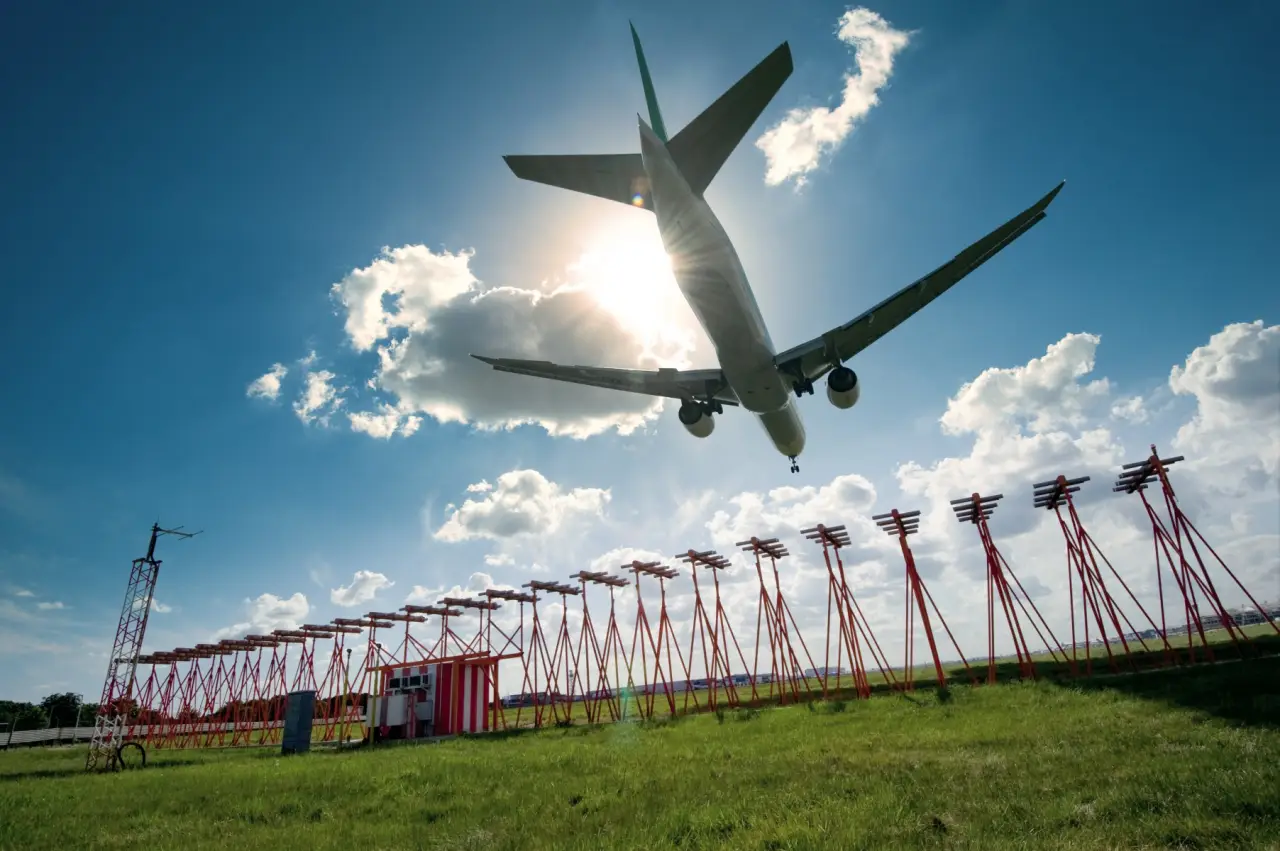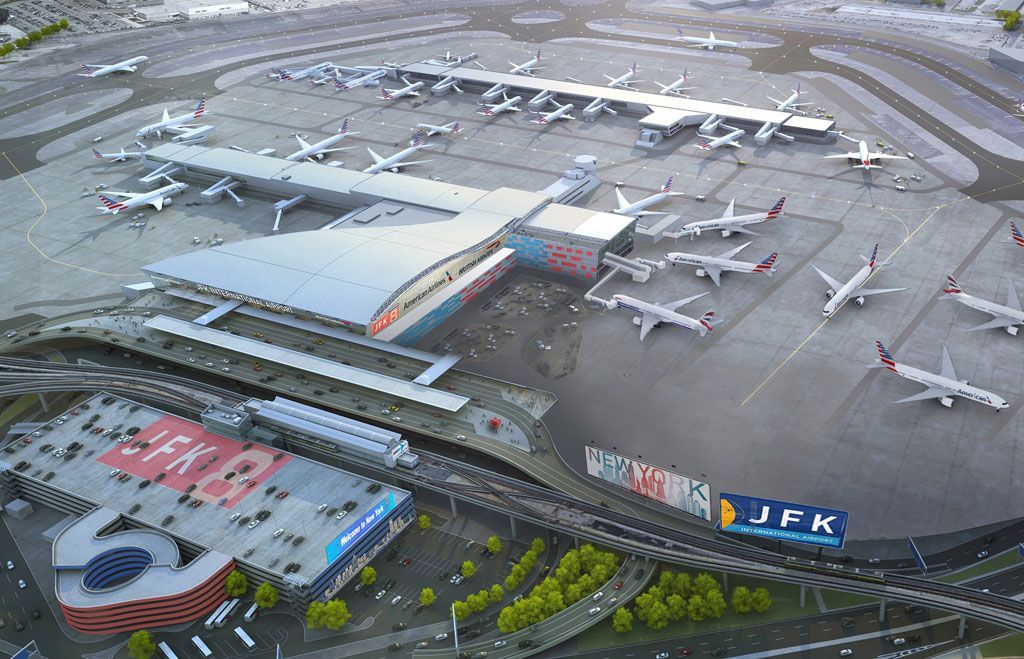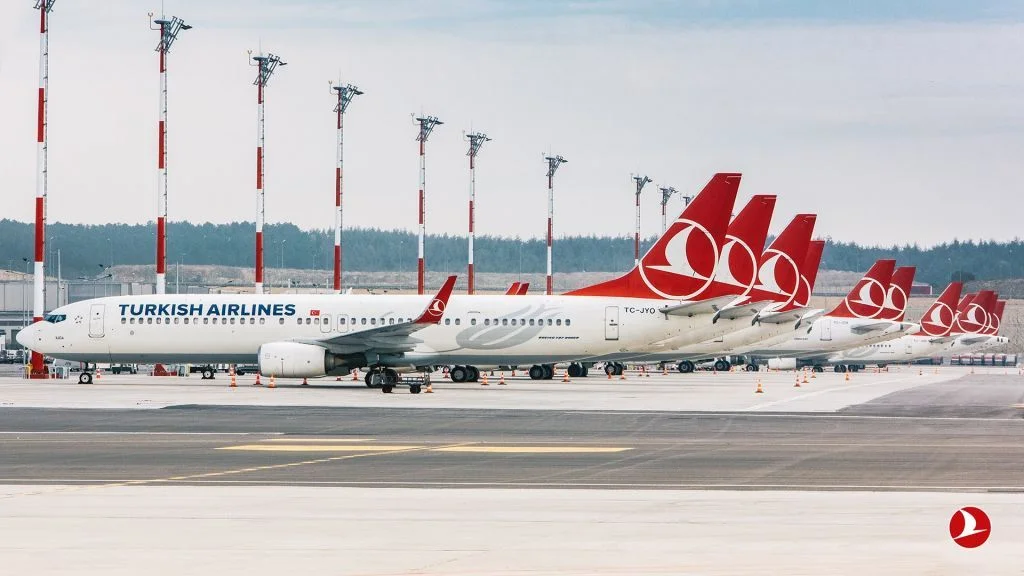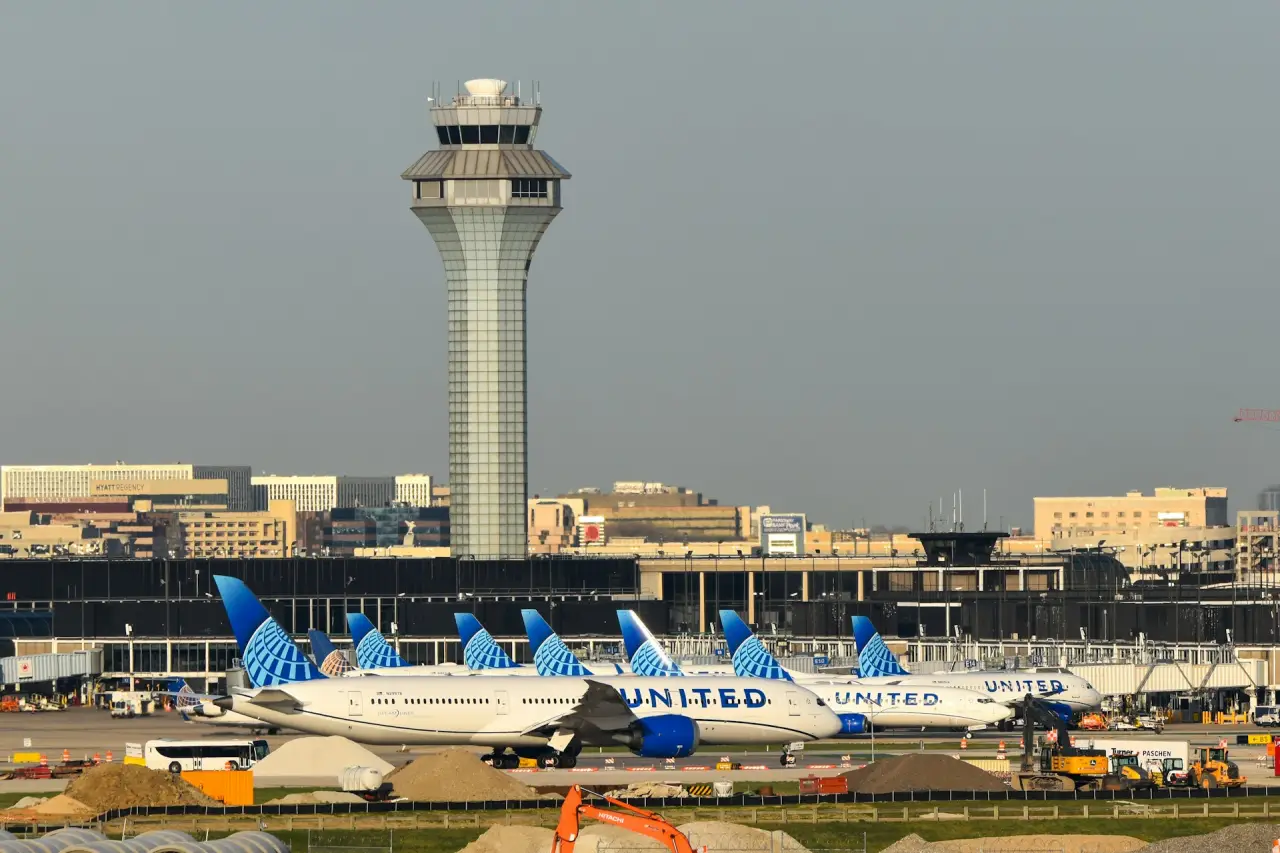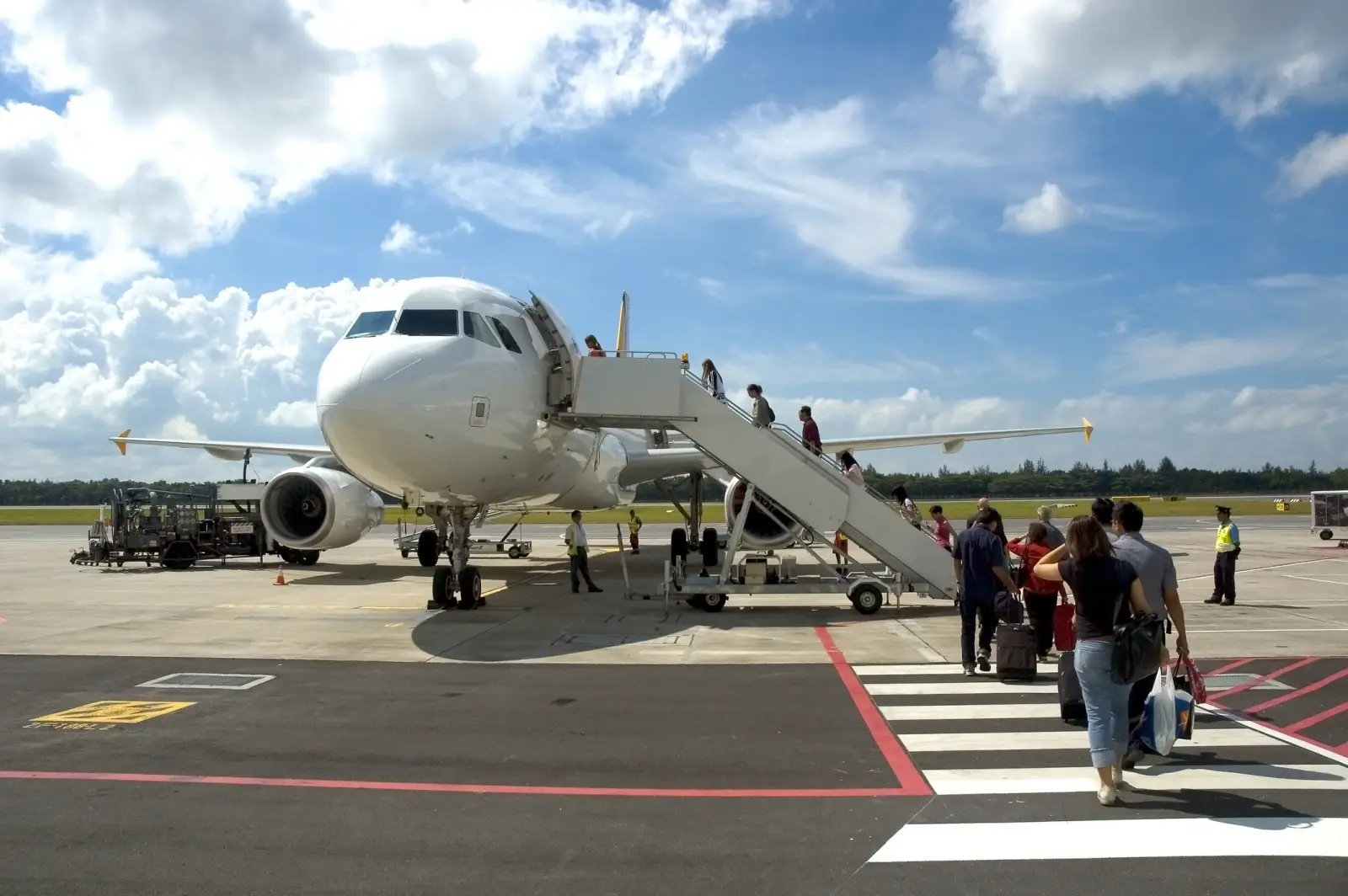The OAG Megahubs 2024 report has revealed the world’s top 10 most connected airports, showcasing global hubs that serve as key points of connectivity for international travelers.
These rankings are determined by analyzing the number of scheduled connections to and from international flights within a six-hour window, using data from the busiest day for global aviation in the past year.
This year’s list sees familiar faces at the top but also highlights the shifting dynamics of global air travel as new regions rise in prominence.
Most Connected Airports in 2024
1. London Heathrow Airport (LHR), United Kingdom
London Heathrow Airport (LHR) retains its position as the most internationally connected airport in the world for 2024. As the fourth largest airport globally in terms of scheduled one-way capacity, Heathrow has consistently led the pack in terms of connectivity.
British Airways remains the dominant airline at LHR, operating 50% of all flights. With its vast network of destinations and frequent international connections, Heathrow continues to be the primary gateway for travelers entering and leaving the United Kingdom, underlining its role as a global aviation hub.
2. Kuala Lumpur International Airport (KUL), Malaysia
Kuala Lumpur International Airport (KUL) has made a significant leap, climbing to second place and solidifying its status as the most connected airport in the Asia-Pacific region. While it does not have the highest volume of connections compared to some of the larger hubs, KUL’s high ratio of connections to destinations served has propelled it up the rankings.
AirAsia, Asia’s largest low-cost carrier, is the dominant airline at KUL, operating 35% of the airport’s flights. This strategic position allows Kuala Lumpur to serve as a critical hub for both regional and international travelers.
3. Tokyo Haneda Airport (HND), Japan
Tokyo Haneda Airport (HND) ranks third on the list, marking its rise as a crucial player in global connectivity.
Japan Airlines dominates at Haneda with a 35% share of all flights. Haneda’s position reflects the resurgence of Japan’s inbound market, with the airport providing extensive connections to 117 destinations. This improvement is indicative of Tokyo’s growing importance in global air travel, as it recovers from the impact of the pandemic and strengthens its international connections.
4. Amsterdam Schiphol Airport (AMS), Netherlands
Amsterdam Schiphol Airport (AMS) maintains its strong position at fourth place, showcasing the resilience of European hubs.
KLM Royal Dutch Airlines, with a 55% share of flights, remains the dominant carrier at AMS. Known for its efficient transfer processes and extensive network, Schiphol continues to be a key gateway for flights within Europe and beyond, serving both passengers and cargo.
5. Incheon International Airport (ICN), South Korea
Incheon International Airport (ICN) ranks fifth and is one of the three Asian airports in the top five, highlighting the growing prominence of the Asia-Pacific region in global air connectivity.
Korean Air operates 22% of all flights at Incheon. The airport’s strong focus on technology, customer service, and efficient transfer options has helped it maintain a leading position in the connectivity rankings.
6. New York John F. Kennedy International Airport (JFK), USA
New York’s John F. Kennedy International Airport (JFK) leads the U.S. in the global rankings, coming in at sixth place.
Delta Air Lines is the dominant carrier here, operating 35% of flights. JFK’s strategic location on the U.S. East Coast and its role as a major gateway for international travelers solidify its position as a crucial hub, especially for transatlantic flights.
7. Paris Charles de Gaulle Airport (CDG), France
Paris Charles de Gaulle Airport (CDG) has moved up in the rankings to seventh place this year. The airport is a critical hub for connecting Europe with other continents.
Air France dominates CDG with 56% of all flights. As one of the largest airports in Europe, Charles de Gaulle continues to serve as a vital link for travelers moving between Europe and destinations worldwide.
8. Istanbul Airport (IST), Turkey
Istanbul Airport (IST) ranks eighth and boasts the most extensive network of destinations among all airports in the Top 10 list.
Turkish Airlines, with a significant 79% share of flights, is the dominant carrier at IST. Despite offering fewer potential connections than the airports ranked above it, Istanbul’s ability to connect travelers to over 300 destinations worldwide makes it a critical hub for global aviation.
9. Chicago O’Hare International Airport (ORD), USA
Chicago O’Hare International Airport (ORD) is the second U.S. airport to make the top 10, securing the ninth position.
United Airlines operates 47% of all flights at ORD, which is known for its vast domestic and international network. Chicago’s central location in the U.S. makes it an ideal hub for both east-west and north-south connections, enhancing its role as a major connector in the global aviation landscape.
10. Frankfurt Airport (FRA), Germany
Frankfurt Airport (FRA) completes the top 10 list, with Deutsche Lufthansa AG as the dominant carrier, operating 60% of all flights. Known for its robust connections across Europe and beyond, Frankfurt serves as a major hub for both passenger and cargo traffic.
Despite facing challenges due to airspace restrictions over Russia and Ukraine, Frankfurt remains a key player in the global connectivity network.
The OAG Megahubs 2024 rankings provide valuable insights into the evolving dynamics of global air travel. The top 10 most connected airports underscore the importance of strategic locations, dominant carriers, and robust network planning. As air travel continues to rebound post-pandemic, these airports will play a crucial role in shaping the future of international connectivity.

